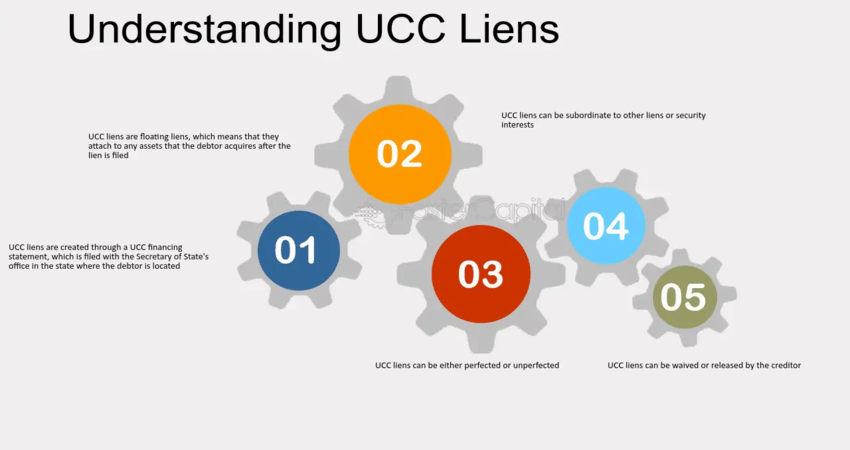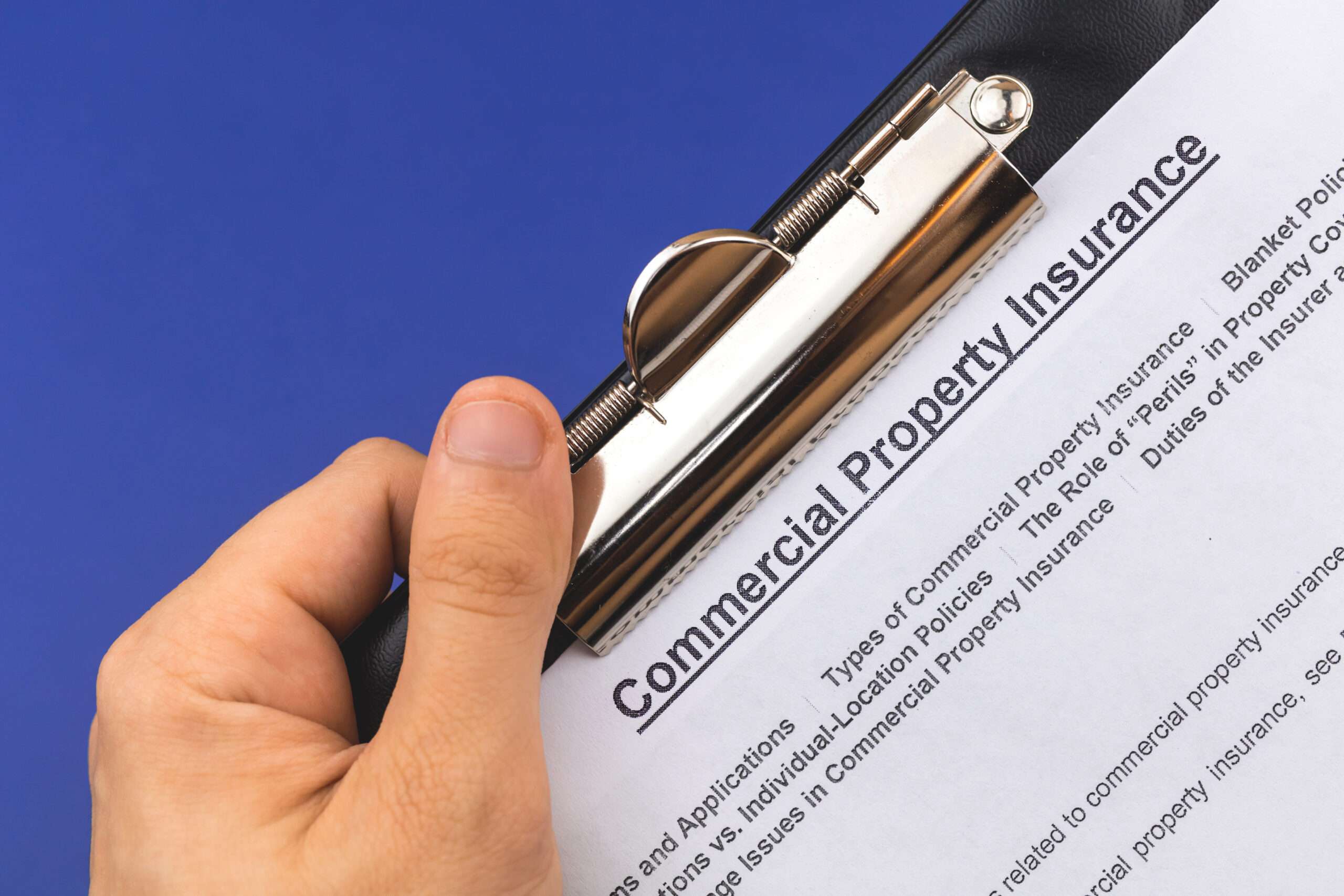Starting your business is hard enough, but then you have to worry about cash flow and having a lot of customers who don’t pay. If that’s not bad enough, there are tons of rules and regulations governing how much you can charge for different types of transactions. This article will cover the basics of accepting payments, as well as some important tips on how you can accept more payment types without breaking any laws or violating agreements with payment providers.
Amazon POS
The first step when it comes to accepting payments is figuring out which payment types you want to accept. The most common ways of accepting payment are cash, credit/debit cards, checks, and PayPal. However, using the Amazon POS system, you can accept all of these plus gift cards and Amazon Payments. Cash is a little risky in the sense that it’s hard to keep track of your accounts since there isn’t much paperwork involved in transactions, but it’s also the cheapest and most convenient method.
Credit and debit cards should be your go-to method if you can accept them because they make it easy to keep track of your accounts, and there are significantly lower fees for credit card transactions compared to other forms of payment. However, you need to make sure your business is equipped with a payment processing machine to use credit/debit cards.
Have Everything Documented
Whether you’re using Amazon POS or not, there are lots of additional steps you need to take when accepting payments. It’s important to keep everything documented in case there’s a problem with the order or the customer says he/she didn’t buy anything. The easiest way to accomplish this is by printing out some receipts that contain all relevant information, such as the time of purchase, the product/service you sold, the price, and the payment method. You should also keep track of withholding taxes or tax exemptions so that it’s easy to report everything when tax season comes around.
Charge More For Credit Card Transactions
One way to improve your cash flow is by charging more for credit card transactions. For instance, if you’re selling a book for $10 cash or credit, you can charge $11 for credit cards. This way, you get the same amount of money without wasting time to count change or deal with the hassle of giving out loans in cash.
Encouraging Customers To Pay With Credit Cards
If you want customers to start paying with credit cards, you need to make sure your business is equipped with a payment processing system. This makes it easy for them to swipe their cards and check out without having to wait too long or fumble around looking for a change. Another tactic you can use to convince customers that they should pay with credit instead of cash is by telling them that they can get a discount if they use credit cards, and/or by using posters and signage.
Get An Automated System To Process Payments
The best way to improve your cash flow is by using a payment processing system. This way, you get paid once the money from credit cards or checks has been deducted from the customer’s account. You can get one of these systems for free if you use PayPal because it takes money directly from your checking account. However, if you don’t want to take this risk, there are lots of other options that charge about 3% per transaction.
There are plenty more tips and tricks that will help improve your payment process at home or in a business setting. These include getting a card reader/swiping machine, using apps to track spending trends and manage receipts, encouraging customers to pay with gift cards instead of actual currency, asking for tips, and using a POS system to improve productivity. An automated system can also save you lots of time and effort by inputting all your data into a computerized structure that’s easy to understand. If customers prefer to pay with cash or checks, it can be helpful to ask them if they want a receipt since this way, there’s less chance of human error when entering the information.
There are tons of rules and regulations governing how much you can charge for different types of transactions. However, it’s important to keep everything documented in case there’s a problem with the order or the customer says he/she didn’t buy anything. This way, you will always be prepared to defend your practices against any complaints or criticism from customers or government officials. You should also avoid charging customers more for credit card transactions just because it makes life easier on your end since this could potentially spark suspicions of unfair business practices.
Read Also: Processing Payments for Your Small Business: Billing, Banking and Recording
















